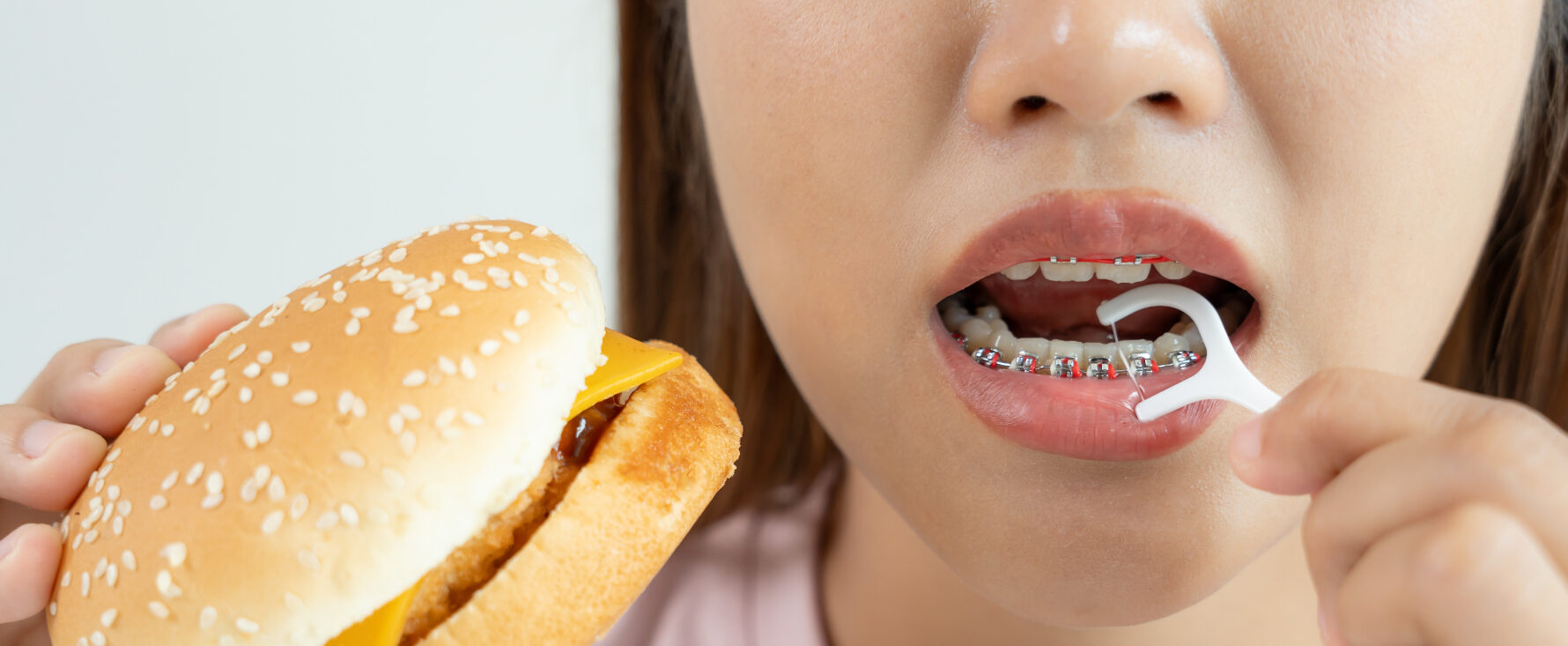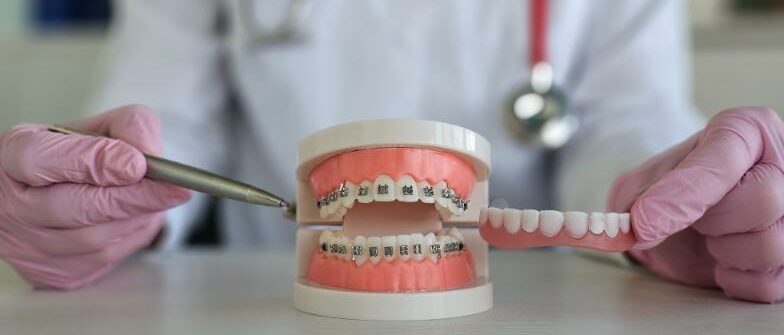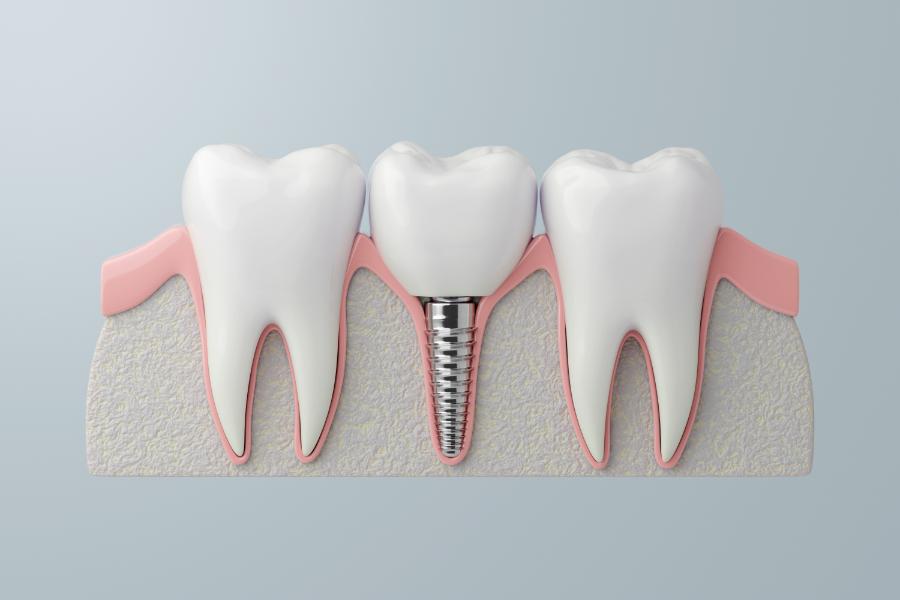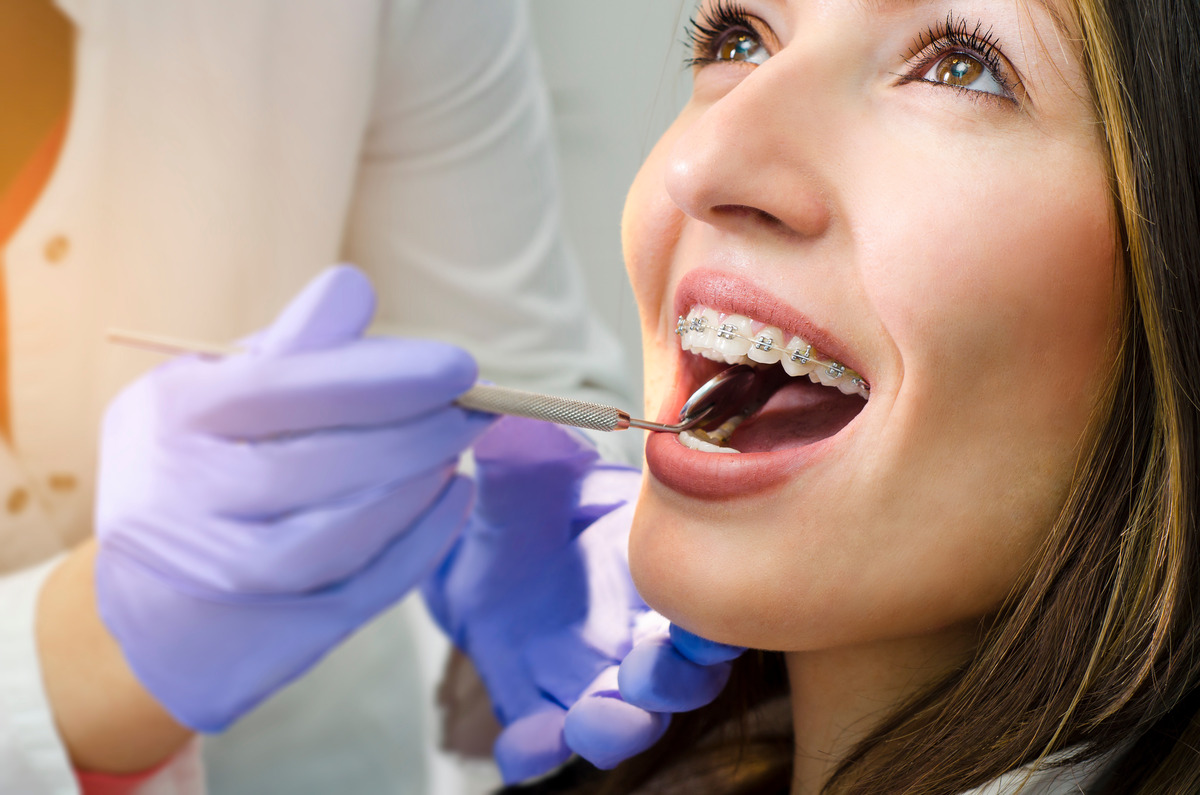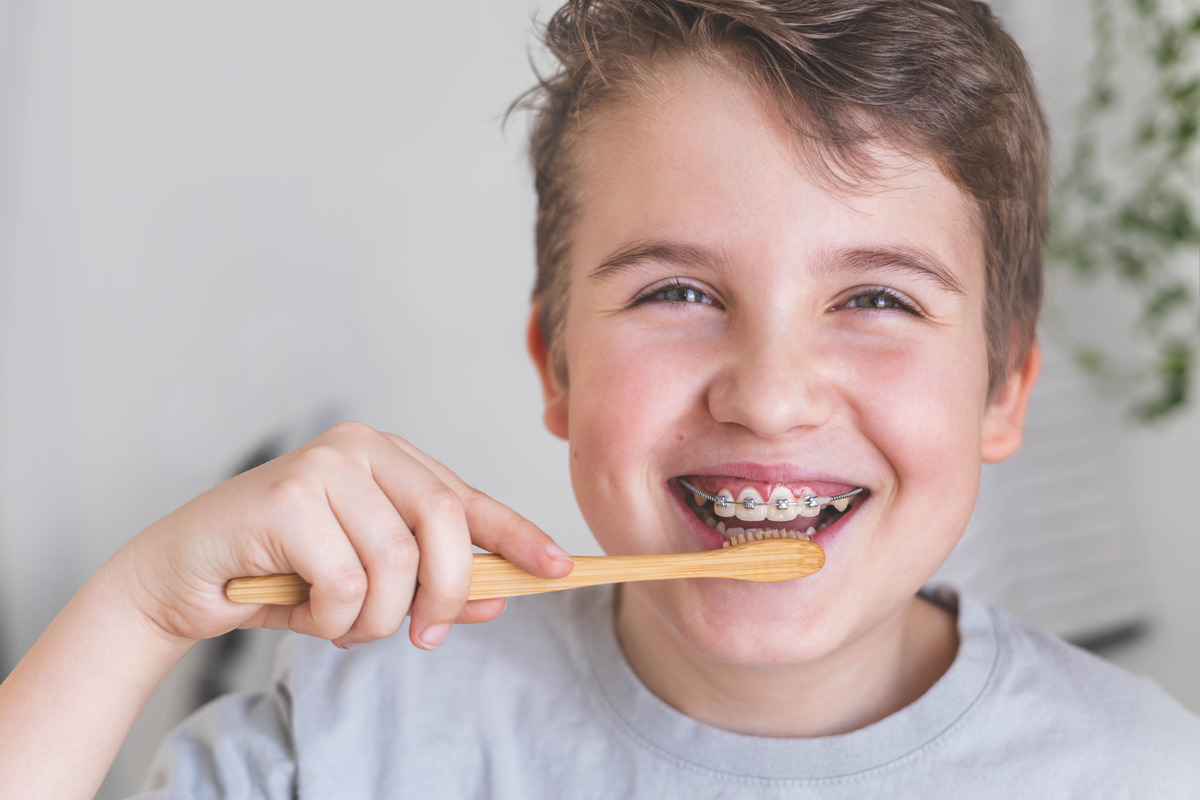
Let’s be honest—no one’s thrilled to hear they need orthodontic treatment. Somewhere between imagining a mouth full of metal and hearing horror stories from that one cousin who had headgear in the ’90s, your nerves kick in.
Sound familiar?
If you’re feeling anxious, you’re not alone. We’ve met countless patients who came in feeling unsure, even scared—only to leave wondering why they didn’t start sooner. The truth? Most of the fear around getting orthodontic care is based on outdated myths, not reality.
So let’s break it down, without the fluff.

Dr. Cameron Hulse grew up in Southern Orange County, California. While in his own orthodontic treatment in high school, Dr. Hulse realized how much his new smile changed him and decided he wanted to improve other’s teeth and smiles. Dr. Hulse pursued his dream and completed a BS in Zoology at Brigham Young University. Then he was selected to attend the University of Southern California’s prestigious School of Dentistry where he received his D.D.S.. After Dental School, he switched coasts and completed his orthodontic residency at Jacksonville University where he received his CAGS.


